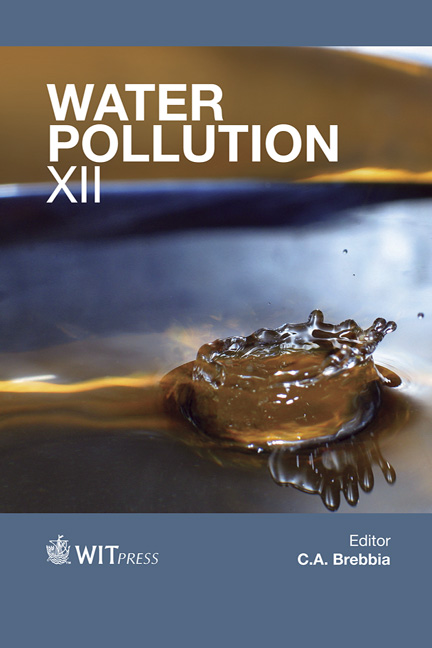Biological Procedures To Detect Carcinogenic Compounds In Domestic Wastewater
Price
Free (open access)
Transaction
Volume
182
Pages
12
Published
2014
Size
374 kb
Paper DOI
10.2495/WP140301
Copyright
WIT Press
Author(s)
A. Malakahmad, T. S. Abd Manan & N. Hilmin
Abstract
Cancer is a leading cause of death worldwide and can be increased further to more than 13.1 million people per year by 2030. Cancer occurs due to the continuous exposure of carcinogenic compounds under certain concentrations. A carcinogen is an agent that can cause mutation, leading to cancer. Therefore, mutations are indications of the presence of carcinogenic compounds. The mutation effects in biological organisms are various. They are chromosomal aberrations, growth inhibition and teratogenic effects. These effects can only be detected through the application of biological approaches. This review gives descriptions on the biological detection and measurement of carcinogens in wastewater and water estuaries. The biological procedures such as the chromosomal aberration (CA), Comet assay, Micronucleus (MN) assay SOS chromotest and organic extraction of XAD with blue rayon is discussed. These bioassays played an important role in the detection of carcinogens from waterborne contaminants in the environment such as pesticides, industrial pollution and heavy metals. The evaluations are based on advantages and disadvantages, accuracy, speed and time factor of methods and experimental procedures. As cancer is often linked to DNA damage, these assays are also time and cost effective to estimate the carcinogenic potential of a compound. Thus, the concept of carcinogenic compounds detection and measurement in wastewater is of great attention due to their toxic and non-biodegradable nature. Keywords: biological procedures, cancer, carcinogens, domestic wastewater, evaluations.
Keywords
biological procedures, cancer, carcinogens, domestic wastewater, evaluations.





